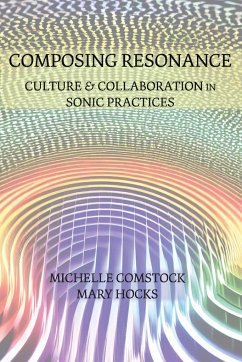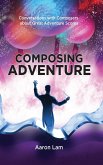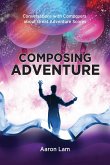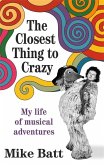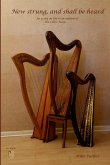New Media Theory Series Editor: Byron Hawk What People Are Saying "I'm excited by the way Composing Resonance brings together classroom experiences, experimental sound art, and musicians' practices under the headings of material and sonic rhetorics. It is an exciting expansion of work by the Comstock and Hocks, whose research has already recursively influenced many of the scholars cited in this volume." -Eric Detweiler, author of Responsible Pedagogy: Moving Beyond Authority and Mastery in Higher Education The visual and digital turns in both media studies and writing studies have ushered in a welcome focus on sound studies and sonic composition. COMPOSING RESONANCE: CULTURE AND COLLABORATION IN SONIC PRACTICES advances current discussions of sonic rhetoric as well as multimodal rhetorics and digital writing more generally. Comstock and Hocks expand interdisciplinary conversations on cultural and environmental soundscapes, music production, and sonic archives. COMPOSING RESONANCE offers an important new cultural and rhetorical framework for situated sonic practices. Michelle Comstock and Mary Hocks demonstrate how sound artists and musicians' ritualized practices of embodied listening create an acute sense of presence, evoke multiple pasts, and powerfully contribute to our experience of location, personal soundscapes, and identity in time and space. Such sonic practices also offer important lessons for writing and composition students. The sound artists and musicians Comstock and Hocks study have developed practices for resonating with and shaping this vibrant medium, including priming the ear/body to receive diverse sounds and exchanging them within and across cultures and communities. These sonic practices have helped students understand sound as a powerful, often flawed, location device, and record and remix sound elements to move the self and others toward a richer, more diverse, multispecies, interrelational sense of place, culture, history, and environment. Michelle Comstock is Associate Professor of Writing, Rhetoric, and Technology in the Department of English at the University of Colorado Denver. Her research on sonic rhetoric, cultural studies, and the environmental humanities have appeared in Computers and Composition, Community Literacy Journal, Rhetoric Review, and JAC, among others. She is the co-author of Composing Public Space and is currently co-producing a grant-sponsored digital audio tour of the Auraria Campus and its history of displacement. Mary Hocks is Associate Professor of English at Georgia State University. Her articles have appeared in College Composition and Communication, Writing Program Administration, Rhetoric Review, and Computers and Composition, as well as numerous edited collections in feminist rhetorics and digital writing. She is the co-editor of Eloquent Images: Word and Image in the Age of New Media, and co-author of the Handbook of Technical Communication.
Hinweis: Dieser Artikel kann nur an eine deutsche Lieferadresse ausgeliefert werden.
Hinweis: Dieser Artikel kann nur an eine deutsche Lieferadresse ausgeliefert werden.

